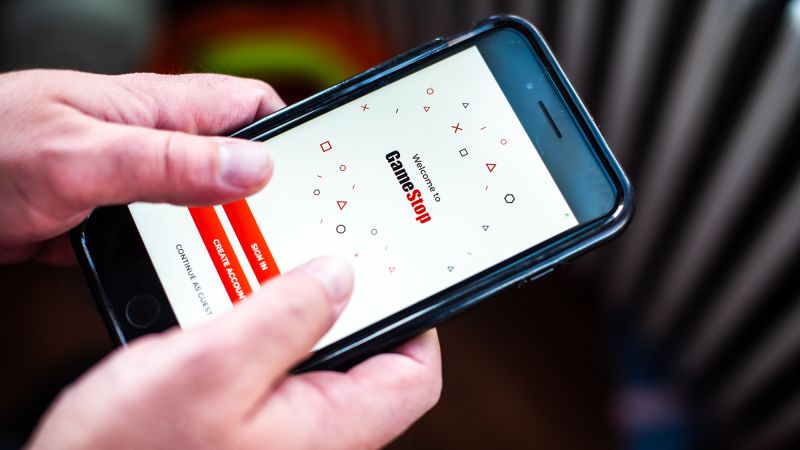For the first time ever, a child suffering from a deadly type of brain tumor known as a diffuse intrinsic pontine glioma (DIPG) has been completely cured. Until now, doctors had only been able to offer radiotherapy in an attempt to slow the cancer’s growth, yet this breakthrough offers hope for a more effective treatment.
Appearing almost exclusively in children, DIPG is a rare yet extremely aggressive form of cancer. Unfortunately, due to the position of the tumor within the brainstem, surgery to remove the cancer is not possible, and the average survival time is only nine to 10 months.
Lucas, from Belgium, was 6 years old when he was diagnosed with the illness. Desperately seeking help, his parents took him to France where he was enrolled in the Biological Medicine for DIPG Eradication (BIOMEDE) study.
Initiated in 2014, BIOMEDE compared the effectiveness of three different cancer drugs – erlotinib, everolimus, and dasatinib. Crucially, however, researchers first extracted a tiny fragment of each patient’s tumor using a needle in order to conduct a biopsy and analyze the molecular profile of each individual cancer.
This enabled doctors to assign the most suitable medication according to the biopsy results of each patient. Lucas was one of 233 DIPG sufferers included in the study, and was treated with everolimus.
Speaking to AFP, BIOMEDE lead researcher Dr Jacques Grill said that “Lucas beat all the odds”, and, at the age of 13, remains cancer-free. “Over a series of MRI scans, I watched as the tumor completely disappeared,” said Grill.
While seven other children included in the trial survived several years after diagnosis, Lucas was the only one to see his tumor vanish completely. “I don’t know of any other case like him in the world,” Grill said.
Researchers are still trying to figure out why some patients are more responsive to treatment than others, although the molecular differences between one cancer and the next are likely to play a significant role. For instance, Grill explains that “Lucas’s tumor had an extremely rare mutation which we believe made its cells far more sensitive to the drug.”
Based on the results of the initial BIOMEDE study – which ran until 2019 – researchers chose everolimus as the candidate drug for BIOMEDE 2.0, which began in September 2022. Scientists are also attempting to create bundles of cells known as cancer organoids, which mirror the genetic abnormalities of patients’ tumors.
If the team can successfully reproduce the properties seen in Lucas’s DIPG then they may be able to use these lab-grown cells to test new drugs.
However, as exciting as this may seem, Grill says that an effective treatment for the illness is still a long way off, as medications have a lengthy pipeline from conception to widespread use.
“On average, it takes 10-15 years from the first lead to become a drug – it’s a long and drawn-out process,” he said.

Rachel Carter is a health and wellness expert dedicated to helping readers lead healthier lives. With a background in nutrition, she offers evidence-based advice on fitness, nutrition, and mental well-being.








